What is head lice?
The human scalp is the home to many things, and unfortunately, it can become a home to head lice as well. Now, we all of the head lice, and we know that it itches – but what is head lice exactly?
Head lice as tiny parasitic insects that feast on your blood. Yes, it's scary, but bear with us. These tiny insects feed off of the blood from your scalp, and they need to feed off of it at least three times during the day in order to survive.
Now, a head lice infestation isn't something to be ashamed of. Catching head lice is easy. It is not a reflection of personal hygiene or a sign of living in a poor or unhygienic environment.
To get head lice, it would've been enough if an infested person sat next to you and accidentally brushed up against you. So, as you can see, it's really easy to spread head lice.
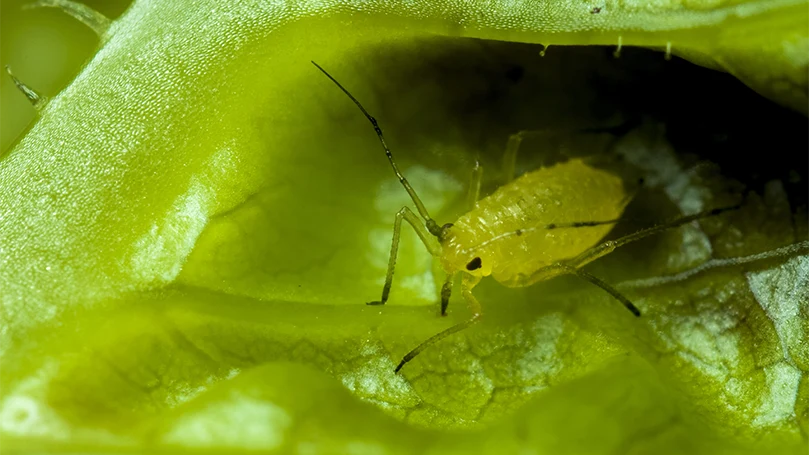
Another thing to know about them is their life cycle. The life cycle of head lice can be separated into three stages- eggs, nymph, and adult.
Lice eggs, or nits, are the first cycle in the life of lice. They're tiny little yellowish-white eggs that take about 8 to 10 days to hatch. After they do, they become nymphs.
Nymphs are baby lice. They look like adults, but they're smaller. However, it only takes them ten days to grow into an adult louse and start breeding.
Adult head lice are tan and grey, can grow as big as a sesame seed, and are the ones wreaking havoc on our heads. They have hook-like claws, perfect for latching onto our hair shaft and sucking on our blood. Adult lice suck on our blood before they “evolve” into dead lice, but not before they've laid quite a lot of eggs.
All in all – horrible pesky insects.
What is the cause of head lice?
An actual cause of head lice is hard to determine. They're just there. They exist. And, they're terribly easy to spread.
Head lice crawl, which is contrary to popular belief that they jump or fly. We know you've seen it in a cartoon – but they don't do it. Now, they are one hell of a crawler. They'll easily move on from one person's head to another one if you give them a chance, which is precisely why kids are the ones most likely to get it.
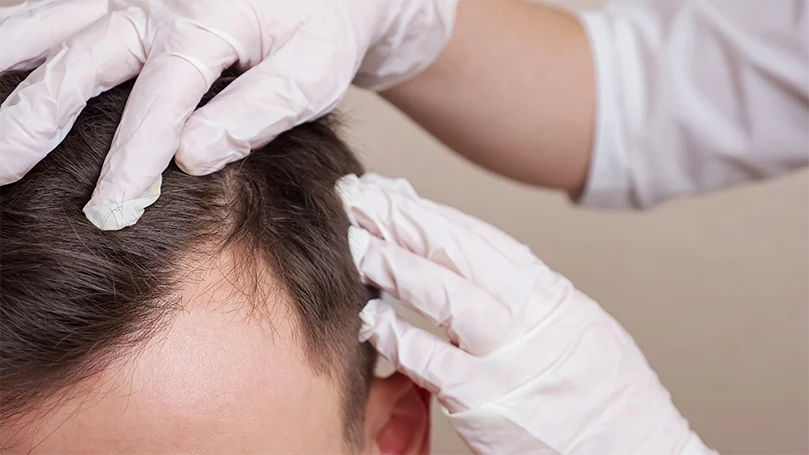
What they'll also do is breed rather quickly. A female head louse will lay as much as six eggs each day, and they'll make sure those eggs hatch. The female louse will lay sticky eggs that glue onto the hair, making it very hard for us to kill them when they're young.
Now, it's hardly impossible to kill head lice or to kill eggs, but let's not rush. We'll get there in a minute. First, let's talk about something potentially unsettling.
How do lice come to our pillows?
Have you ever been in a hotel room, just enjoying yourself, and just out of the blue, your mind goes straight to – what if there are lice on the pillow? We've all thought about it.
Well, there are both good and not so good news. The good news is – lice don't really like pillows. They rarely like to move away from their human host. What's also good about them is that they can't survive for long without their host because if you remember what we said earlier – they're the epitome of gluttony. They eat several times a time, and they can't suck the blood out of a pillow.
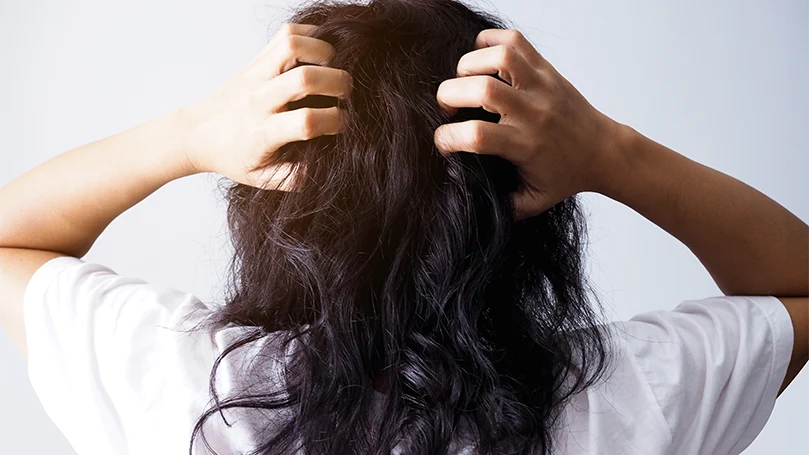
However, that doesn't mean that they can't linger around for a bit. If a lice-infested person's head touches the pillow, there's a great chance that some of them will stick to it. In fact, sometimes even lice eggs can stick to the pillow, and if you rest your head on top of it shortly after – congrats. You've scored yourself an infestation.
Now, generally speaking, lice can only survive for so long without their hosts. In fact, most of them will die within a day, with remaining lice dying over the course of the next one. So, all in all, live lice won't stay that way for long if you deny them blood.
How to kill lice from our bedding and pillows?
Even though most lice will die on their own within the first 48 hours – you probably can't wait that long. If your child's head itches, there's a good chance that there are some bugs in his bed and on his pillow. So, what good will the treatment do if they just go to bed that night and catch the bug all over again?
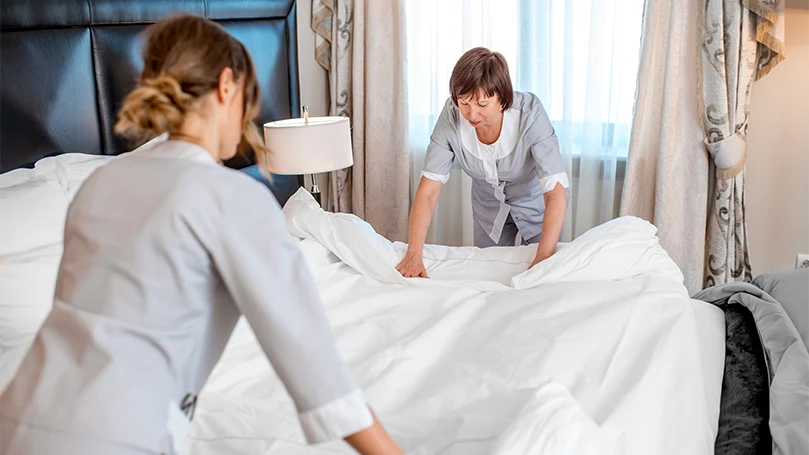
On that note, we to learn all about killing and removing them from our pillows. Thankfully, killing and removing lice from pillows and sheets isn't all that hard.
Remove the bedding & pillowcases
Start by removing the bedding, the sheets, the pillowcases, and everything else that might be on the bed. That includes pillows, blankets, and duvets. Not just cover. If your mattress comes with a removable cover – take that off, too. If not, dry clean it or take it out for two days until the time does what it has to do.
Put everything in a washing machine & tumble dry hot air cycles
Hot water will be your best friend when it comes to killing lice. They can't handle the heat, so washing everything on a hot cycle can really help out.
Also, if you can – don't air dry your stuff. Put them in a tumble dryer at a high heat drying cycle to remove lice that might've made it through washing. Just like hot water, hot air will kill them off, too.
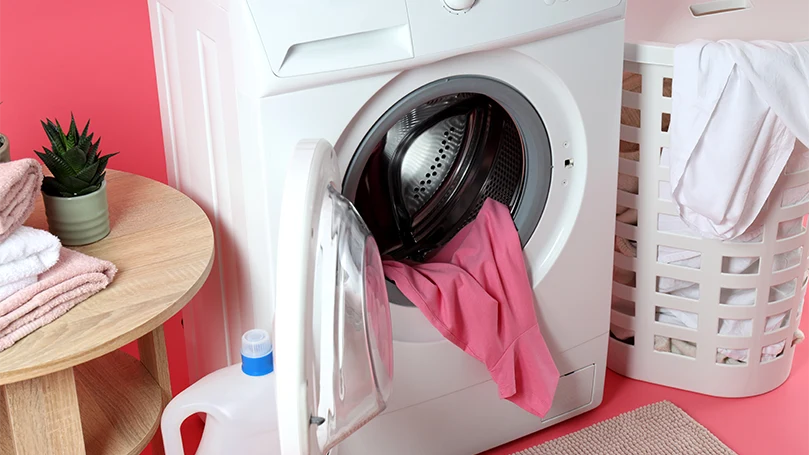
Dry clean everything that can't go in the washing machine
If you can wash the bedding in a washing machine – take it to the nearest dry cleaner and have everything cleaned that way. We've already told you to do this with your mattress, but you can dry-clean other things, too.
Vacuum all the floors and carpets inside the house
There's a good chance that some of these pests have ended up on the floor, so it wouldn't be bad if you would pick up the vacuum and clean all the floor and carpets in your home. Just don't forget to empty the bag right after you finish. However, please don't lose your mind over it. Even the Center for Disease Control says that there's no need to panic or fumigate the house. Just vacuuming will be enough.
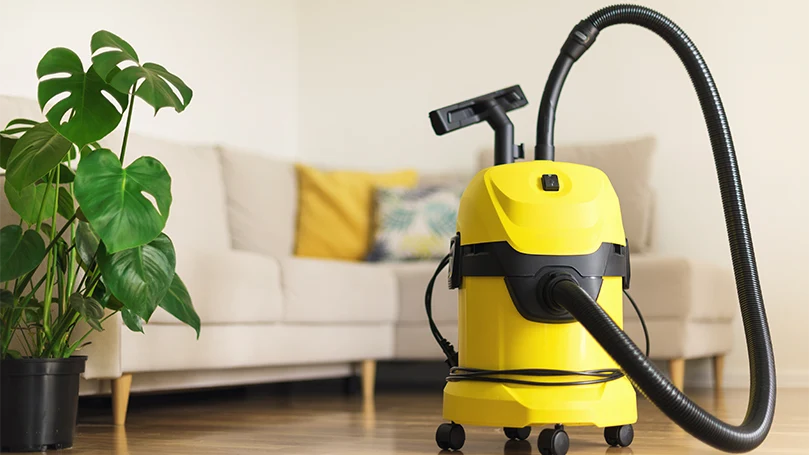
Dry clean everything, especially pillows
To dry clean everything will be your best chance of killing all the lice from pillows and other bedding. Dry cleaners use liquids other than water to clean the items, and those liquids make lice die easier than water does. This might end up being expensive, but it's the least you can do.
How does an infected person get rid of lice?
Now that we've learned how to get rid of lice from our pillows and other bedding, it's time that we learn how to get rid of lice from our scalp. After all, a human head can only take so much scratching.
So, how does human hair become lice-free? Like this…
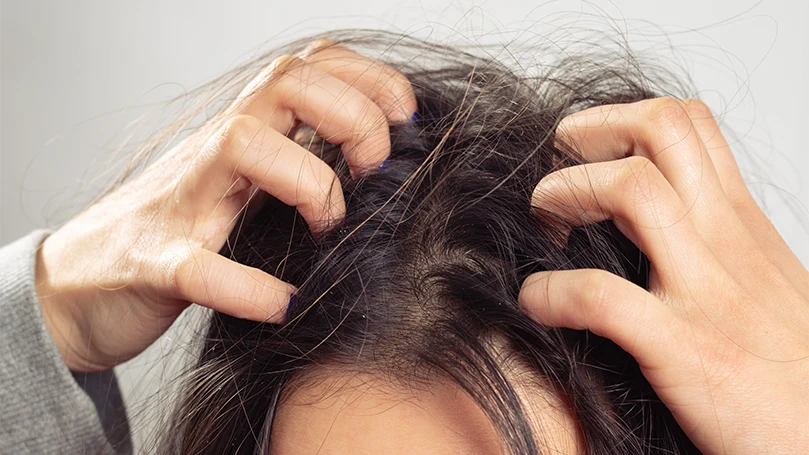
Stripe off any clothes and throw in a washing machine
Strip everything you have on you. While most of the lice will reside on your head, some of them will certainly find their way to your clothes. And, unless you want to spread them around your house – strip down and wash everything. High heat washing – high heat drying. Just like with bedding.
Apply pediculicide according to the instructions
Pediculides are over the counter or prescription treatments you can get for lice. They're either shampoos, lotions, or creams. Most of them, including the OTC products, will be more than efficient in killing lice, as long as you stick to instructions and use them properly.
Check the lice after 24 h of treatment and repeat the treatment
It takes a while for the lice to go away, so don't just assume that you're lice free after you've done a round or two of treatment. Check for lice after the first 24 hours of treatment, and then do it again. Sometimes, you'll even have to re-do the treatment after a week or so in order to get them all out.
If the lice are persistent, change the medicine
Some of these pests can be very persistent, but that's not a reason to panic. All you'll have to do is change the medicine you're using and hit them with something different. They're not that tough. You'll get rid of them after a week or two.
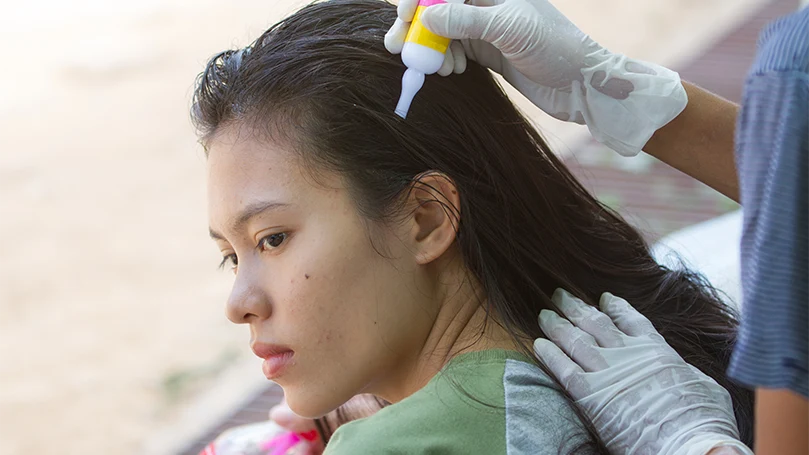
Comb the hair and remove the lice after each treatment
Another thing you'll do is comb your hair after treatment. If you want these parasites out of your hair – you'll have to comb them out. Literally. Get a fine-tooth comb and just remove the dead lice after each treatment. There will be quite a lot of them coming out after just one treatment, so be thorough with a comb.
Repeat the treatment as long as needed
Most of these treatments can be used more than a few times, so don't be scared to repeat the treatment for as long as you need to. However, if by any chance you're dealing with some very persistent bugs – consult with your doctor about your treatment. After all, some of those treatments contain harmful chemicals that could otherwise affect your scalp and hair health, so be responsible.
What medicine is effective against lice?
There are quite a few things you can do to get rid of the head itch and kill all the lice that have been feasting on your scalp. We've mentioned shampoos, lotions, and creams – but let us delve into the specifics a little bit more, so you have a good idea of what to look for if the disaster strikes.
Over the counter medicine
Pyrethrins are one of the most common over the counter treatments for lice, and they're safe for young children. Their only drawback is they don't kill nits or eggs, so you might have to repeat the process after ten days if the remaining eggs and nits end up hatching.
Permethrin lotion is another very effective OTC treatment for lice. It's good for both live lice and nits and eggs, as it leaves a residue in your hair, killing every form of lice in sight. However, you might want to avoid washing your fair for ten days if you use this lotion because shampoos and conditioners tend to interfere with it, forcing you to repeat the treatment after seven to ten days.

Now, if these don't end up working, you'll have to talk to your doctor and get yourself prescription medications.
For something really effective, you'll have to see a doctor. In most cases, a doctor will prescribe you one of the following:
- Malathion
- Ivermectin lotion
- Spinosad topical suspension
- Benzyl alcohol lotion
- Lindane (last-resort solution; banned in over 50 countries)
Most of these will clear your scalp from lice with just one five to ten-minute treatment. However, some of them (Lindane) could cause some serious side effects like seizures, dizziness, cramps, or skin irritations and rash – so handle with care and stick to instructions.
Stick to the instructions when treating lice eggs
Whether you're using over the counter treatment or prescription medication, it is imperative that you stuck to the instructions when dealing with lice eggs.
In order to get the results and avoid repeating the treatment, you'll have to stick to the rules.
For instance, if you're using permethrin lotion to get rid of lice, and the package says don't use shampoo for seven days, or repeat therapy after seven days to kill off remaining lice – do precisely as it states.
Don't wash your hair, and repeat your treatment after a week. If you do, you'll be in the clear by the tenth day.
Conclusion – will drying pillows kill lice?
We know that lice infestation isn't something we take too lightly. We fear it, we lose sleep over it, and we worry that it'll spread all around our house, get stuck to our pillows, and we'll never be able to get rid of it.
However, what have we learned – will drying pillows kill lice? Yes, of course, it will. Both hot air and hot water will be very effective at killing lice, nits, and even eggs stuck to our pillowcases and pillows.
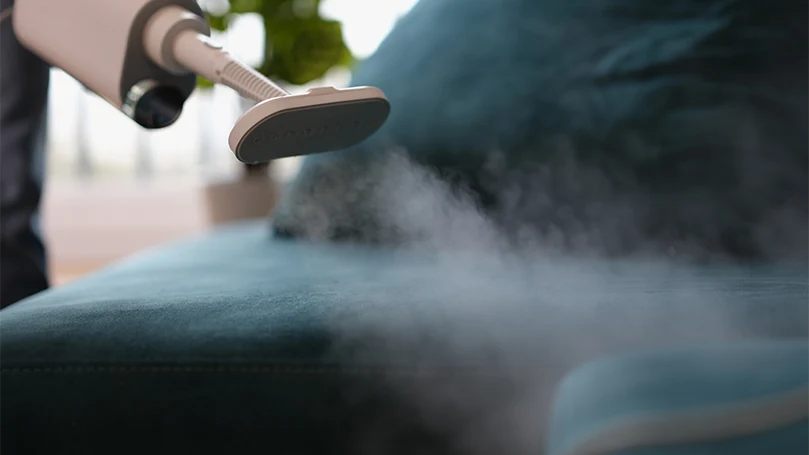
As long as the temperature's high enough, the lice don't stand a chance.
Furthermore, as long as you stick to instructions and properly treat yourself or your child, you shouldn't worry about lice for too long. They'll be out of your hair in a bit.

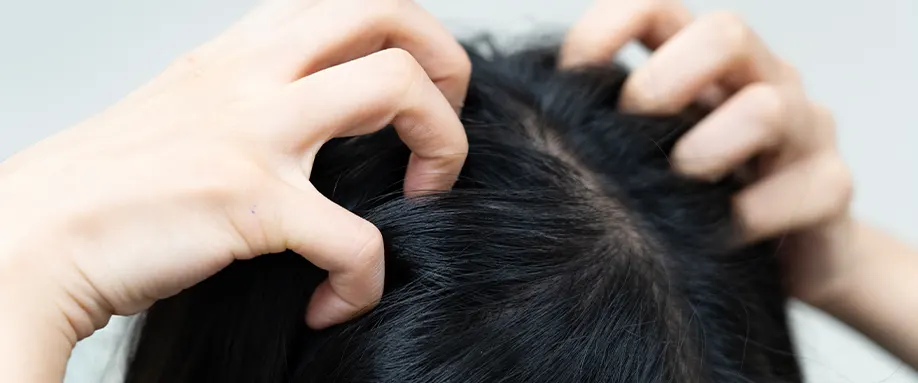











There are no comments yet
"*" indicates required fields